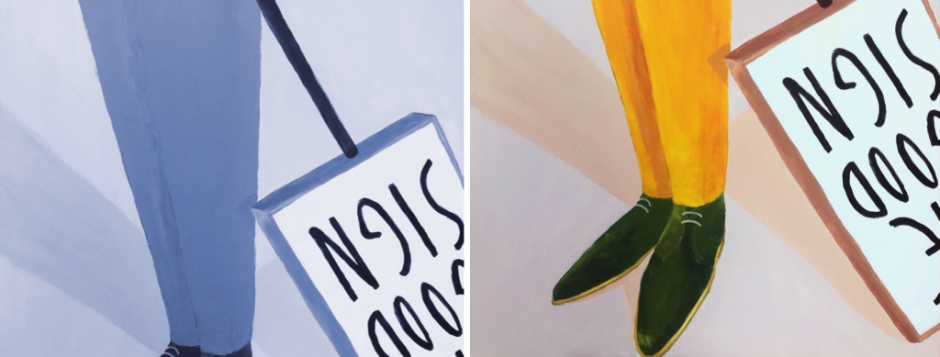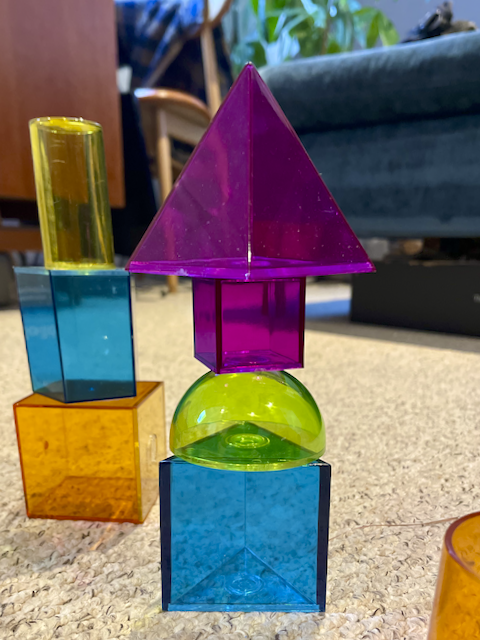Criticality and Biases
In Talking Art as the Spirit Moves Us, American theorist, feminist, educator and social critic bell hooks (1995) illustrates how ignorant members of one culture are to members of another, how negatively the dominant culture’s arrogance affects minority groups. Based on the example of Edward Lucie-Smith’s (1994) book Race, sex, and gender in contemporary art: The Rise of Minority Culture, hooks calls out the hypocrisy of his statements and blatant insults of art by “African-Americans, feminists, homosexuals and Latino-Hispanics” originated in his lack of criticality and a bias towards ‘official art’, as he calls it (Lucie-Smith, 2020), and ‘white-supremacist patriarchal bias’ as hooks calls it (hooks,1995).
The book chapter incentivised me to have a closer look at both bell hooks and Edward Lucie-Smith, an influential Jamaican-born English art critic, to evaluate their work and statements and to get a better idea of the historical context. This included to find out who else has criticised Lucie-Smith, his person and book in question and who has criticised bell hooks’ works. My aim was to exercise criticality and explore my own standpoint, as it was tempting to take and agree with hook’s viewpoint, knowing my social beliefs. Was there another element of conforming with current dialogue? According to Jacobsen and Mustafa (2019), my views would be highly informed by the “social and political climate” at the time of reflection, thus shaping my thinking and ideals that in turn inform my conscious and unconscious bias.
On my course, one important skill my students are asked to acquire and showcase is criticality. I think that criticality is facilitated by taking different viewpoints and being aware of one’s own biases.
Therefore, even though awareness and engagement with one’s biases is embedded in the Research Proposal unit for all Master courses during the second block, including activities, such as the Positionality map by Jacobsen and Mustafa (2019) which prompts to think about one’s biases might be suitable at the beginning of the studies, alongside or embedded in ice-breaker sessions.
My personal next steps to further my learning for improving my awareness of my biases for teaching in the classroom are completing The UAL Breaking Bias e-learning module and then find a conversation amongst our course team on the basis of De-biasing strategies for teachers provided by the Academic Enhancement Model.
References
Academic Enhancement, University of the Arts London (2025) Vikki Hill: De-biasing strategies. Available at:
https://www.arts.ac.uk/__data/assets/pdf_file/0018/190152/AEM-Debiasing-Strategies-PDF-294KB.pdf (Accessed: 17 March, 2025)
hooks, b. (1995) Talking art as the spirit moves us’, in Art on my mind: visual politics. New York: The New Press Available at: https://monoskop.org/images/7/7bHooks_Bell_Art_on_My_Mind_Visual_Politics_1995.pdf (Accessed 16 March 2025)
Jacobson, D., & Mustafa, N. (2019). Social identity map: A reflexivity tool for practicing explicit positionality in critical qualitative research. International Journal of Qualitative Methods, 18, 1609406919870075. https://doi.org/10.1177/1609406919870075.
Lucie-Smith, E. (1994) Race, sex, and gender in contemporary art: The Rise of Minority Culture New York: H.N. Abrams.
Lucie-Smith, E. (2020) Artlyst: What I Don’t Like About The Contemporary Art Scene. Available at: https://artlyst.com/features/i-dont-like-contemporary-art-scene-edward-lucie-smith/ (Accessed: 17 March 2025)
UAL (2025) Breaking Bias e-learning module Available at: https://learningspace.arts.ac.uk/course/view.php?id=34(Accessed 17 March 2025)


